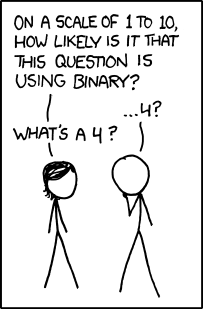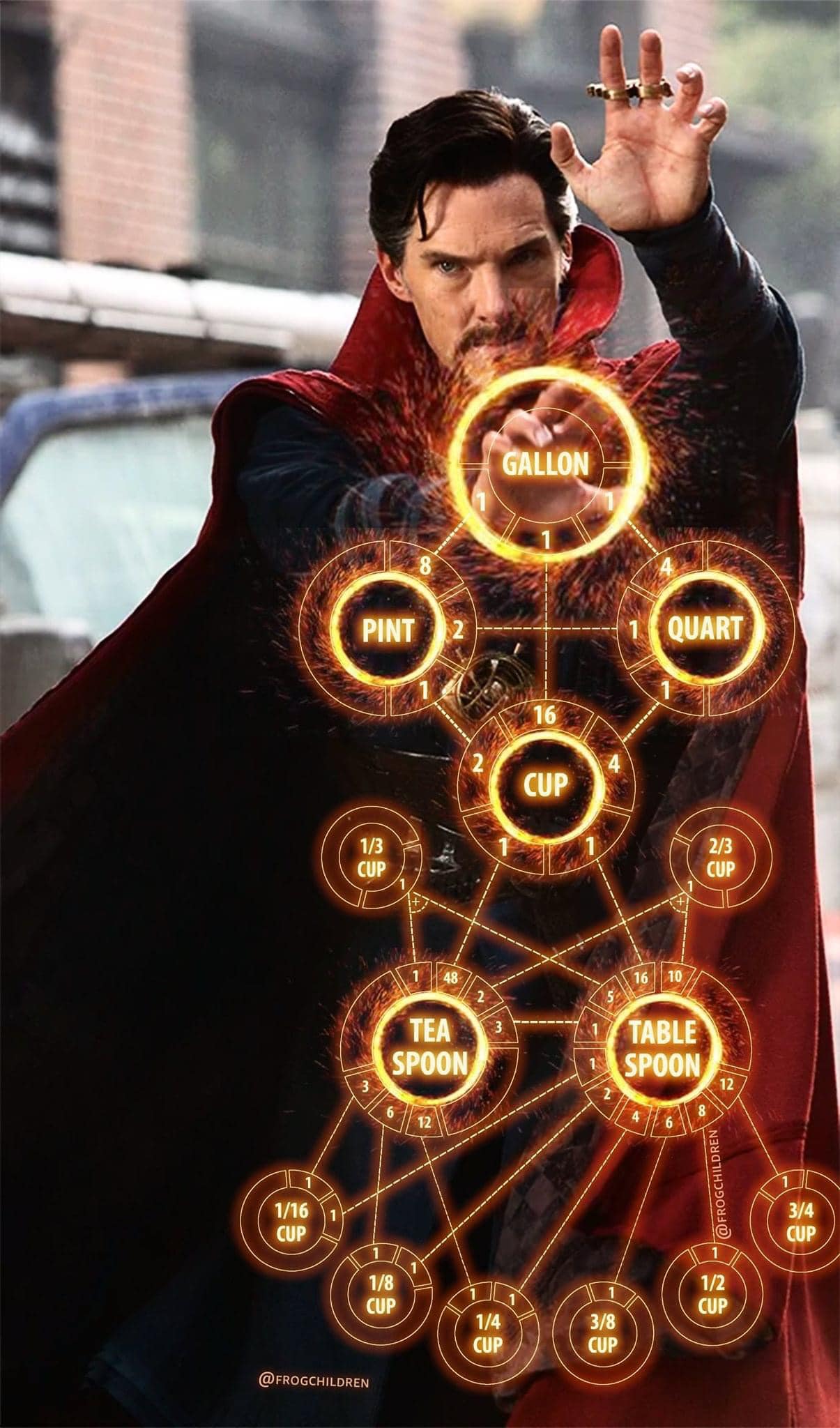My Project, Such as it is
Applications of Positional Notation
In
the introduction, we touched on why positional notation was preferable over tally and additive systems of numerical representation;
on
this page, we talked about how to do math involving positional notation and different radixes. Here, we will talk a little more about
the advantages of positional notation and some of the ways that using different number bases can be useful in modern-day mathematics.
Part of a Whole: Decimals and Arithmetic
The way in which positional notation works with regard to fractions is more complicated than the counting method that applies to whole numbers. Fractions
are outlined
here. Positional decimal fractions were used by individual
mathematicians through history, starting with Abu'l-Hasan al-Uqlidisi in the 10th century. However, they were adopted into general use far later than positional notation
for integers, and European Mathematicians made some considerable effort to avoid having to use them, choosing to work instead with common and base-60 fractions rather than
decimals. This reluctance and the advances developed during that period cemented the base-60 measurement use in measuring time, and the base-360 degree measurement used in
astronomy and trigonometry.
The Language of Computers

On
the history page, we mentioned that Binary and Hexadecimal are important non-decimal number systems used for
working with computers. What follows is a basic and fairly non-technical explanation of how they work.
Early computers worked using vacuum tubes, which react when exposed to electricity. More modern computers use more advanced
transistors instead of vacuum tubes, however,
these function in more or less the same way: when they receive electricity, they pass on a signal; when they do not receive electricity, they stop the signal. Computers
interpret many instances of signals being sent (or not) to understand what output they should display. In order to work with this system, computer programmers used the number
1 to represent "on" [electricity being sent through a transistor] and the number 0 to represent "off." [Side note: the "power" symbol on most computers is comprised of a zero
and a one, to represent that the button with this symbol is used to turn the computer "on" or "off."] This series of ones and zeroes gave rise to one of the most important
number bases to modern civilization: Binary.
Using Binary, a single transistor can only represent zero or one. With two transistors, you can count to three; with three transistors you can
count to seven, and with four you can reach fifteen. This gives rise to another counting base important to computer programming: the base-16 or hexadecimal system.
Hexadecimal makes it possible to render into binary aspects of what we see that are more complex than, for example, "shine light from this pixel" or
"don't shine light from this pixel" You can render the alphabet (or, more accurately, the 128 numbers, letters, and symbols of ASCII code) in hexadecimal, where a single digit
has fifteen values and two digits can go up to two hundred fifty-five. Hexadecimal is also used to determine color. Red, Green, and Blue, (the primary colors of light) are
subdivided into 255 increments. Thus, with six digits (two for each color), you can encode any color visible to the human eye. The Applet below lets you generate a slice
of the RGB color spectrum, with the amount of blue present held constant.
Color-Pick Applet
- Imput values in the boxes Blue-1 and Blue-2 to set the amount of blue in the slice of the spectrum we create.
- Press the play button. Let the animation run until it fills the box, then pause it.
- Select Color-Pick Mode.
- Change the values in the four imput boxes to move the dot to the corresponding color in the spectrum.
- You can repeat one or both sections of the exercise for different values of blue, red, and green.
Mixed Math: Nested Bases and Mixed-Radixes
Not all positional notations are created equal. Consider, for example, our standard system of measuring time. There are 60 seconds in one
minute. However, we do not use 60 different symbols for each increment of seconds. Instead, we use base-10 numbers to express the values within a base-60 system, a process
that repeats for the 60 minutes in an hour, and the 12 or 24 hours in a day. Since this results in multiple digits (of base-10) per "digit" of time (in base-60/base12/base24,)
we separate the larger digits using a colon, as 12:34:56. Similar "mixed base" systems exist for our calendar (base-7, base-10/base-30/base-31, base-10/base-365/base-366), as
well as in astronomy and navigation, where longitude and latitude are described in degrees, minutes, and seconds, as 14°15'22''. Whether or not decimal-increments would be
favourable, the fact remains that many things exist following non-decimal rates. In some cases, this can lead to highly complex conversion maps, such as the one below for
cooking measurements. Situations that require monitoring amounts from related rates can be more easily managed using a mixed-base system, rather than having to continually
convert and deal with the remainder separately.

Big Math
When Archimedes wrote his eight-page letter estimating the amount of sand you could fit in the universe, (which you can read more about
here,) he
found a wildly inaccurate solution but made a number of interesting scientific and mathematical experiments along the way, not least of which was his choice to develop a new
number base by which to calculate and keep track of the very large numbers he was dealing with. Of course, Archimedes chose to round all his numbers to the nearest \(10^8\), but
through the use of mixed-bases and decimals in non-decimal notation, it may be possible to use change of base to transform difficult math questions into ones that can be more
easily evaluated and tracked. There has been relatively little investigation into this possibility, but 19th century mathematician Carl Frederich Gauss thought it to be a
potentially very useful conception and lamented, perhaps somewhat overdramatically, over the theoretical heights of science and mathematics could have reached by his own time,
had Archimedes and the Greeks realized the potential of this system that Archimedes had idly stumbled upon.
A small-scale version of this principle has been observed by John N. Mitchell, who discusses how binary can be used by computers to calculate
base-10 multiplication via addition and subtraction of binary logarithms. This approach would naturally not be easier for humans, but could allow computers to run
calculations, especially large products, far more quickly and efficiently (Mitchell, 1962).
This principle can be extended into some very odd places. Number systems have been defined by mathematicians which use, as their radix, negative
numbers, fractions, irrational numbers such as π, and imaginary numbers. Whilst these systems are unlikely to make anything but a select few numbers easier to deal with, they
may be useful for investigating and proving properties and relationships of important numbers or categories of numbers (Gilbert & Green, 1979).
Bonus: a Little Something About Nothing
It must also be noted that non-positional notation systems, like the Babylonian's first positional system, lack a symbol for zero. Nothing is not
particularly useful for simple arithmetic, but it is crucial in higher mathematics such as calculus and algebra. The specifics of these uses for zero are beyond the scope
of this project, but any defense of positional notation is incomplete without noting that such systems beget the existence of zero. Having so noted, then, this section may be
considered complete.

